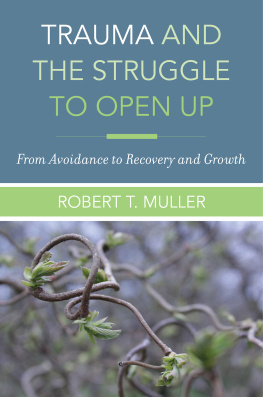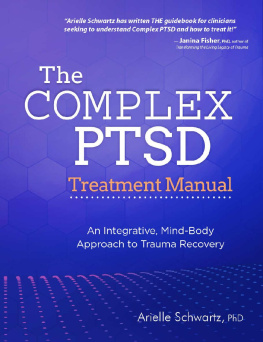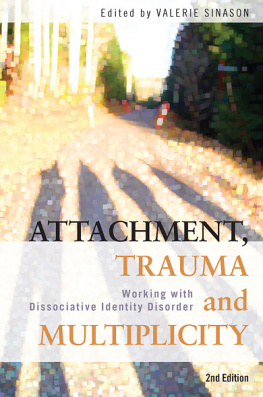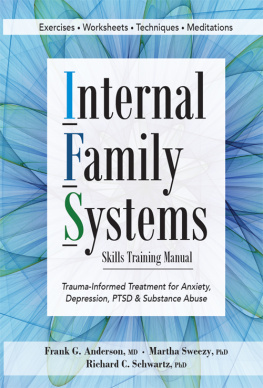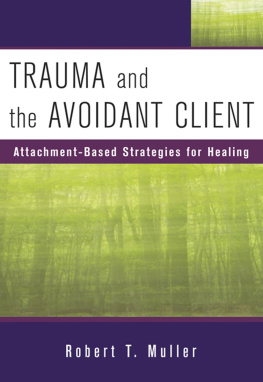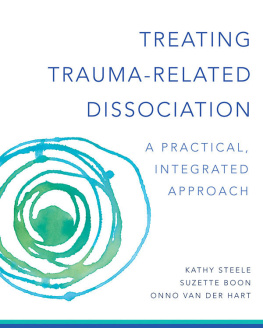Contents
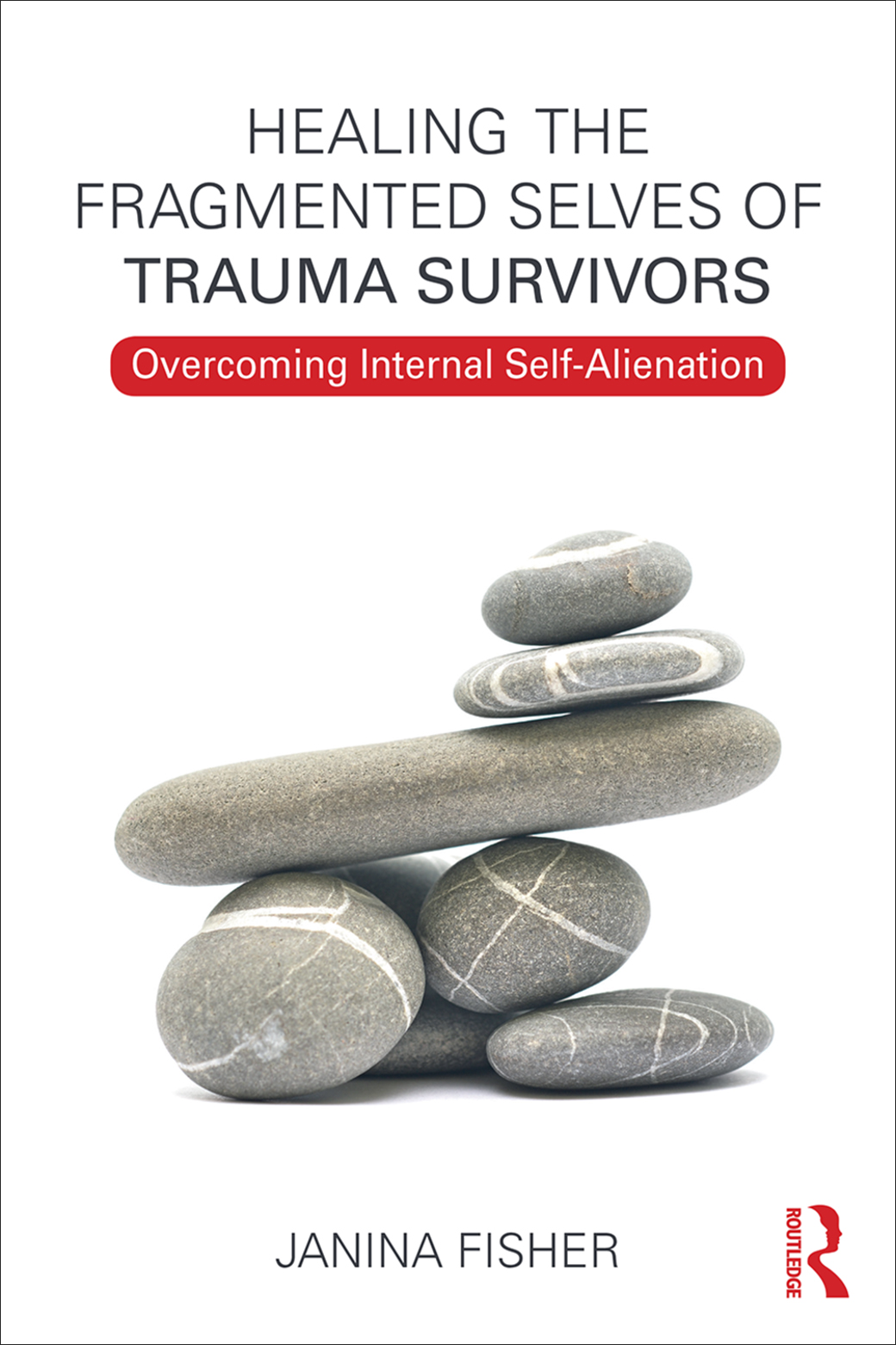
Healing the Fragmented Selves of Trauma Survivors
Healing the Fragmented Selves of Trauma Survivors integrates a neurobiologically informed understanding of trauma, dissociation, and attachment with a practical approach to treatment, all communicated in straightforward language accessible to both client and therapist. Readers will be exposed to a model that emphasizes resolutiona transformation in the relationship to ones self, replacing shame, self-loathing, and assumptions of guilt with compassionate acceptance. Its unique interventions have been adapted from a number of cutting-edge therapeutic approaches, including Sensorimotor Psychotherapy, Internal Family Systems, mindfulness-based therapies, and clinical hypnosis. Readers will close the pages of Healing the Fragmented Selves of Trauma Survivors with a solid grasp of therapeutic approaches to traumatic attachment, working with undiagnosed dissociative symptoms and disorders, integrating right brain-to-right brain treatment methods, and much more. Most of all, they will come away with tools for helping clients create an internal sense of safety and compassionate connection to even their most disowned selves.
Janina Fisher, PhD, is assistant education director of the Sensorimotor Psychotherapy Institute, an EMDR International Association (EMDRIA) consultant, and a former instructor at the Trauma Center, a clinic and research center founded by Bessel van der Kolk. Known for her expertise as a clinician, author, and presenter, she is also past president of the New England Society for the Treatment of Trauma and Dissociation, a former instructor at Harvard Medical School, and coauthor (with Pat Ogden) of Sensorimotor Psychotherapy: Interventions for Trauma and Attachment.
First published 2017
by Routledge
711 Third Avenue, New York, NY 10017
and by Routledge
2 Park Square, Milton Park, Abingdon, Oxon, OX14 4RN
Routledge is an imprint of the Taylor & Francis Group, an informa business
2017 Janina Fisher
The right Janina Fisher to be identified as author of this work has been asserted by her in accordance with sections 77 and 78 of the Copyright, Designs and Patents Act 1988.
All rights reserved. No part of this book may be reprinted or reproduced or utilised in any form or by any electronic, mechanical, or other means, now known or hereafter invented, including photocopying and recording, or in any information storage or retrieval system, without permission in writing from the publishers.
Trademark notice: Product or corporate names may be trademarks or registered trademarks, and are used only for identification and explanation without intent to infringe.
Library of Congress Cataloging-in-Publication Data
A catalogue record for this title has been requested.
ISBN: 978-0-415-70822-7 (hbk)
ISBN: 978-0-415-70823-4 (pbk)
ISBN: 978-1-315-88616-9 (ebk)
Typeset in MinionPro
by codeMantra
To my most gifted teachers:
All the trauma survivors who gave me a window into their inner worlds, who were my experts, who taught me what always to say and what never to say, and who, to this day, inspire me to find new ways to help them heal at the broken places.
A special debt of gratitude to Barbara Watson, who taught me the importance of inspiring instead of treating, laughing instead of crying, and holding on to belief when all others have lost hope.
And my eternal thankfulness to Camille for being the wind beneath my wings.
As a child, my ambition in life was to become a writer, a life goal I quickly gave up when I got to college and began to see what it might actually entail in terms of blood, sweat, and tears. The invitation to write this book for Routledge gave that young part of me satisfaction in finally becoming an author, but I must confess that the process was just as difficult as other parts told me it would be decades ago!
The inspiration behind the ideas presented in this book comes directly from my patients who, over the years, taught me everything I understand today about the impact of trauma from inside the volcano. They helped me to understand the experience of living with the enduring threat of annihilation, of hating themselves when they could not risk hating those who harmed them. They helped me to see that the deepest pain of all is connected to the failure of those they loved to cherish them and, for that reason, provide them safety and care. No arms reached out to break their fall, dry their tears, or comfort the ache of loneliness. There was no balm for the shame. When I finally understood that, to find peace, they needed a way to love the wounded children inside them, an insight came to me: it is the quality of our internal attachments that determines how safe we feel inside, how easy or difficult it is to be me. When we ignore, despise, or disown out littlest selves, we cant help but feel their pain: once again, they are not welcome. And when we learn how to offer them and ourselves an unconditionally loving presence, wounds can heal and hope is renewed.
To get from an idea to a finished manuscript, though, takes a cast of thousands, to all of whom I am indebted. I would not have written a book at all if it were not for my longtime friends and chosen family, Stephanie Ross, and Deborah Spragg, who first had the thought, You should write a book! And then never, ever let me forget itfor years. They became a Greek chorus that would not stop reminding me of what I had to do. Thank goodness for the wind at my back!
Every new writer also needs guides who have traveled the same journey and know the way. My dear friend, Lisa Ferentz, would not let me off the hook either, encouraging and supporting me over years now. Having already published her first two books, Lisa was not only my cheerleader but could give me wise advice, emotional chicken soup, and a map to guide me along the way.
Thanks to Bessel van der Kolk, my friend and mentor, I have been able to fulfill a professional mission first inspired when I heard Judith Herman speak about trauma 27 years ago. In that moment, my course was set. I am eternally grateful for my years as a supervisor and instructor at Bessels Trauma Center, for the opportunity to learn from him as he led the neurobiological revolution in psychotherapy, and for his mentoring of my teaching and writing career. The understanding of trauma described in this book comes directly from his contributions to the field and is inspired by his belief that the body keeps the score.
My thanks, too, to Pat Ogden for her friendship, professional and personal support, and for the gift of Sensorimotor Psychotherapy. From Pat, I have learned how to use the resources of the body as a vehicle for communication that goes beyond words. The therapists own self is always the instrument in psychotherapy, and it behooves us to learn how to use our own internal states, body language, and tone of voice (the way mothers do with babies) to induce states of comfort, curiosity, and excitement that transform the clients state of distress. I also want to thank my Sensorimotor Institute family for their supporteven when this book meant that I didnt have time for them!
I have appreciated Dick Schwartzs generosity and supportive presence since we first met as faculty at Bessel van der Kolks annual trauma conference, and my gratitude for his IFS model goes back even further. When I discovered IFS 20 years ago, I was overwhelmed by the responsibility for a caseload of clients with dissociative disordersall of whom were in crisis. The discovery of Dicks concept of self-leadership allowed me to step back and allow the inherent strengths in each of









